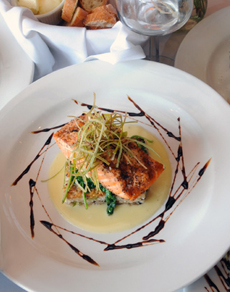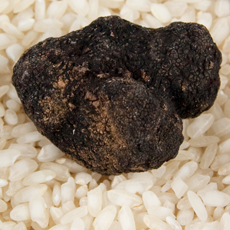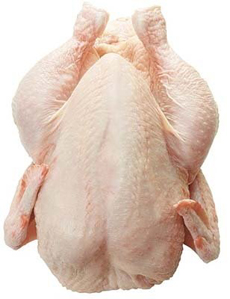|
September 4th is National Macadamia Nut Day, so today’s tip is to add some to your meals.
Believed to have originated in Australia, the nuts grow on a genus of evergreen trees. They were named after named after John Macadam, a botanist who first described the genus.
While macadamia nuts contain even more heart-healthy monounsaturated fats than the nuts included on the FDA’s recommended list of heart-healthy nuts, they did not make the list because of their caloric density. (The FDA recommends that an ounce of nuts a day can be part of a heart-healthy diet.)
A one-ounce serving of dry roasted macadamia nuts, about 10 nuts, has 200 calories.* But that doesn’t mean that you can’t include them in your meals—just don’t eat them by the bowl full.
According to a 2008 study in the Journal of Nutrition, a diet rich in macadamia nuts may lower LDL cholesterol and total cholesterol (it’s the monounsaturated “good” fats lower blood pressure and cholesterol).
(Dog owners note: Like chocolate, macadamias are toxic to canines.)
WAYS TO ENJOY MACADAMIA NUTS
Some of our favorite uses:
Savory Recipes: Garnish salads, nut crust for chicken or fish and mixed into popcorn. We also use heart-healthy macadamia nut oil for salad dressings and cooking (it has a smoke point of more than 400°F).
Sweet Recipes: Chocolate chip cookies (use white or semisweet chips, or a mix); macadamia butter cookies instead of peanut butter; nut tarts or pies (substitute macadamias in your favorite pecan pie recipe), instead of berries as a dessert garnish.
Macadamia Butter
Pick up a jar of macadamia butter at a natural foods store (Artisana macadamia nut butter was a NIBBLE Top Pick Of The Week).
Use it as you would peanut butter—as a spread, in ice cream, in baking, in sauces. We like it as a sauce with this easy fish recipe.
FISH FILLETS WITH MACADAMIA BUTTER
Ingredients For 6 Servings
6 medium-size mild fish fillets, about 1-1/2 pounds (flounder, orange roughy, sole, tilapia)
1 tablespoon cooking oil
Salt
4 tablespoons (1/2 stick) butter
1/4 cup macadamia nut butter
Garnish: 6 springs parsley, finely chopped, 6 lemon wedges
Optional Garnish: 3 teaspoons chopped macadamia nuts (1/2 teaspoon per fillet)
|
|

[1] Macadamia nuts (photo by Fotostreet | IST).
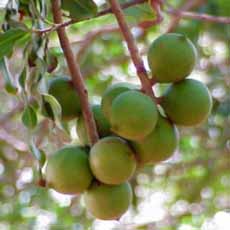
[2] Macadamia nuts growing on the tree (photo courtesy Hawaiian Host | Facebook).
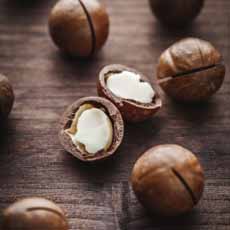
[3] Macadamia nuts in shell.
|
|
Preparation
1. COOK THE FISH. Lightly rub fish fillets with oil and sprinkle with salt. Sauté or steam, as you prefer (you can also fry them). Move to a warm serving platter.
2. MAKE THE SAUCE. Melt the butter in a large skillet. Add the macadamia butter and cook over low heat for 1 minute.
3. PLATE & SERVE. Plate the fish, pour the macadamia butter sauce over the fillets. Garnish the fillets with chopped parsley and chopped macadamia nuts. Serve with a lemon wedge, your favorite green vegetable, steamed, and brown rice, quinoa or other whole grain.
More macadamia recipes.
Find more of our favorite nuts and nut butters.
________________
*It also contains 2 g of fiber, 2 g of protein and 20 g of fat (including 4 g of saturated fat); 15% of the daily value (DV) for thiamine, 8% DV for magnesium, 6% DV for vitamin B6 and phosphorus, 4% DV for niacin and iron and 2% DV for zinc and calcium.
|
